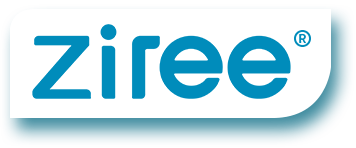Introduction:
Vitiligo is a chronic skin condition characterized by the loss of pigmentation, resulting in white patches on the skin. While there is no cure for vitiligo, various treatment options aim to repigment the affected areas. One emerging and promising approach is the use of LED 308 therapy.
This article explores the role of LED 308 in the treatment of vitiligo, including its mechanism of action, effectiveness, and potential benefits.
1. Mechanism of Action:
LED 308 therapy involves the use of a specific wavelength of light, around 308 nanometers, to stimulate melanocytes, the cells responsible for producing skin pigment. This targeted phototherapy activates and promotes the migration and proliferation of melanocytes in the depigmented areas. The light energy delivered by the LED 308 device helps initiate the repigmentation process.
2. Effectiveness:
Clinical studies have shown promising results regarding the effectiveness of LED 308 therapy in treating vitiligo. Multiple sessions of LED 308 treatment have been found to induce repigmentation in a significant number of patients. The therapy is particularly effective in treating localized vitiligo, where small areas are affected. However, the effectiveness may vary depending on the individual's response and the extent of the condition.
3. Treatment Procedure:
LED 308 therapy is a non-invasive and painless procedure that can be performed in a dermatologist's office. The treatment involves exposing the affected areas of the skin to the LED 308 light for a specific duration, usually ranging from a few minutes to several minutes per session. The frequency and duration of treatment sessions may vary depending on the individual's condition and response to therapy.
4. Safety and Side Effects:
LED 308 therapy is considered a safe treatment option for vitiligo. It does not involve the use of harmful ultraviolet (UV) radiation, which can be a concern in other phototherapy treatments. LED 308 emits a narrow band of UVB light, which specifically targets the affected areas without affecting the surrounding healthy skin. The therapy is generally well-tolerated, with minimal side effects such as mild redness or dryness, which are usually temporary.
5. Combination Therapy:
In some cases, LED 308 therapy may be combined with other treatment modalities to enhance its effectiveness. Combination therapy approaches, such as combining LED 308 with topical corticosteroids or calcineurin inhibitors, have shown promising results in promoting repigmentation and improving treatment outcomes.
Conclusion:
LED 308 therapy offers a promising and safe approach in the treatment of vitiligo. Its ability to specifically target and stimulate melanocytes in the depigmented areas makes it a valuable addition to the existing treatment options. With its non-invasive nature, minimal side effects, and potential for repigmentation, LED 308 therapy provides hope for individuals living with vitiligo. Further research and advancements in this field may lead to even more optimized and personalized treatment approaches in the future.


